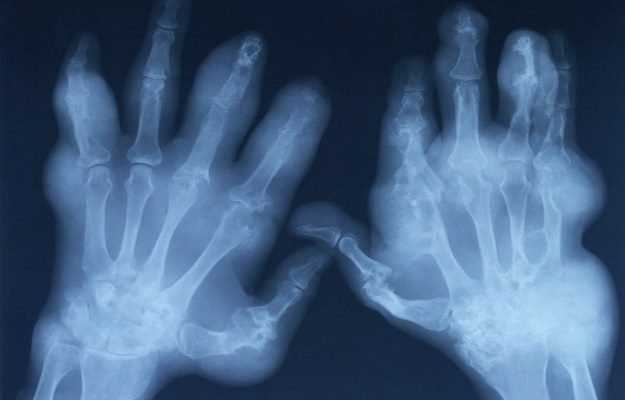What is rheumatic disorder?
Rheumatic disorders are a group of conditions that affect the joints and connective tissues. They cause pain, swelling and stiffness in the joints. Some rheumatic disorders even affect other parts like tendons, ligaments, muscles and internal organs as well. Autoimmune diseases like psoriatic arthritis and lupus also come under rheumatic disorders.
What are its main signs and symptoms?
The main signs and symptoms of rheumatic disorders depend on the disease. Following is a list of signs and symptoms that are usually seen in the most commonly occurring rheumatic diseases:
Lupus
- Headaches
- Chest pain
- Fever
- The sensitivity of the skin to light
- Swollen joints
- Ulcers in the mouth and nose
- Hair loss
- Swelling around the eyes and in the legs, feet and hands
- Rashes across the bridge of the nose and cheeks
Rheumatoid arthritis
- Loss of appetite
- Low-grade fever
- Joint inflammation
- Fatigue
- Pain in the joints
- Difficulty moving
Scleroderma
- Abnormalities in the skin
- Morning stiffness
- Yellow patches and dry patches on the skin
- Tight, shiny skin
- Hair loss in the affected areas
- Weight loss
- Pain in the joints
Sjogren's syndrome
What are the main causes?
The main causes and risk factors of rheumatic disorders are:
- Trauma
- Infections
- Metabolic problems
- Certain hormones
- Nervous system problems
- Inflammation in the joints
- Damage to the tissues that cover the ends of the bones
- Genes
- Ethnicity
- Problems with immune cell recognition
- Environmental pollutants
- Female gender
- Age
How is it diagnosed and treated?
A doctor conducts a physical examination and goes through the medical history to find out the cause of symptoms and identify the disease. Blood tests and tests of fluid drawn from the affected joint may also be ordered to look for specific antibodies like anti- DNA, anti- RNA and anti-neutrophilic antibodies. To look for visual changes in the bone, the doctor may also request for a chest X-ray and an MRI scan.
Treatment methods used for rheumatic disorders include:
- Physical therapy
- Corticosteroids and nonsteroidal anti-inflammatory drugs (NSAIDs) to reduce inflammation
- Yoga
- Surgery
- Disease-modifying anti-rheumatic drugs (DMARDs)
- Modified exercise programmes
- Pain relievers

 OTC Medicines for Rheumatic Disorder
OTC Medicines for Rheumatic Disorder















